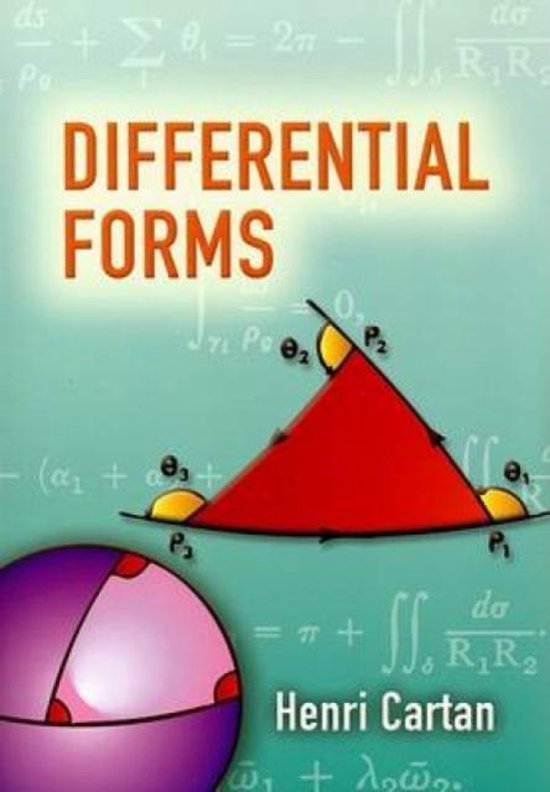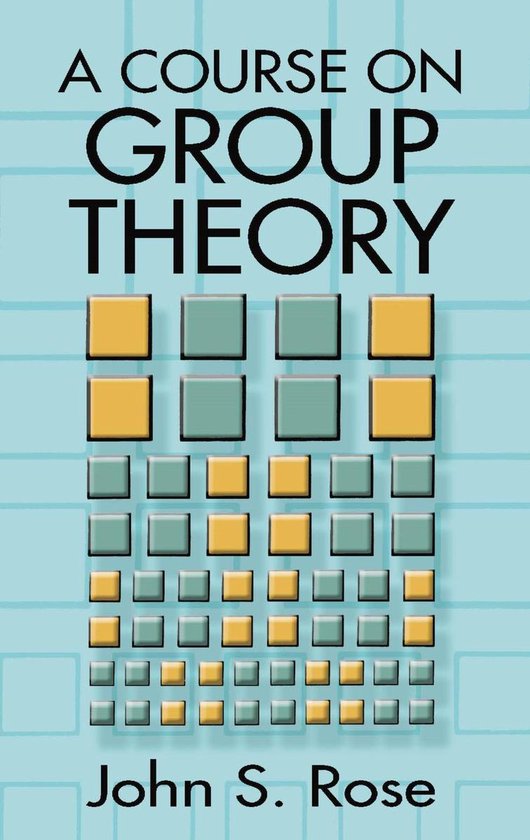
Miscellaneous Books- Topology of Numbers
Provides an introduction to number theory at the undergraduate level, emphasizing geometric aspects of the subject. The geometric approach is exploited to explore in depth the classical topic of quadratic forms with integer coefficients, a central topic of the book.
This book serves as an introduction to number theory at the undergraduate level, emphasizing geometric aspects of the subject. The geometric approach is exploited to explore in some depth the classical topic of quadratic forms with integer coefficients, a central topic of the book. Quadratic forms of this type in two variables have a very rich theory, developed mostly by Euler, Lagrange, Legendre, and Gauss during the period 1750-1800. In this book their approach is modernized by using the splendid visualization tool introduced by John Conway in the 1990s called the topograph of a quadratic form. Besides the intrinsic interest of quadratic forms, this theory has also served as a stepping stone for many later developments in algebra and number theory.
The book is accessible to students with a basic knowledge of linear algebra and arithmetic modulo $n$. Some exposure to mathematical proofs will also be helpful. The early chapters focus on examples rather than general theorems, but theorems and their proofs play a larger role as the book progresses.
This book serves as an introduction to number theory at the undergraduate level, emphasizing geometric aspects of the subject. The geometric approach is exploited to explore in some depth the classical topic of quadratic forms with integer coefficients, a central topic of the book. Quadratic forms of this type in two variables have a very rich theory, developed mostly by Euler, Lagrange, Legendre, and Gauss during the period 1750-1800. In this book their approach is modernized by using the splendid visualization tool introduced by John Conway in the 1990s called the topograph of a quadratic form. Besides the intrinsic interest of quadratic forms, this theory has also served as a stepping stone for many later developments in algebra and number theory.
The book is accessible to students with a basic knowledge of linear algebra and arithmetic modulo $n$. Some exposure to mathematical proofs will also be helpful. The early chapters focus on examples rather than general theorems, but theorems and their proofs play a larger role as the book progresses.
| Auteur | | Allen Hatcher |
| Taal | | Engels |
| Type | | Paperback |
| Categorie | | Wetenschap & Natuur |





